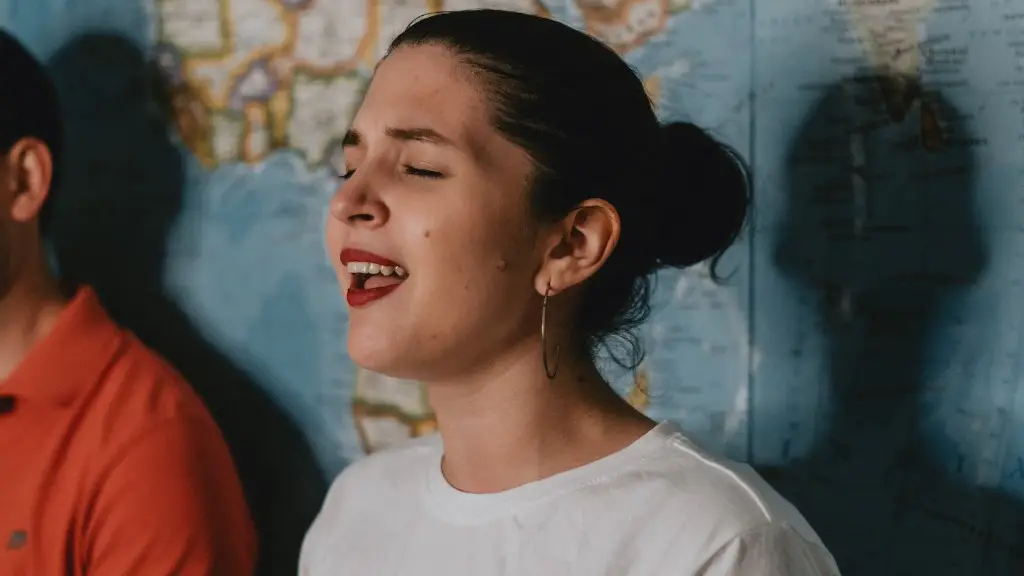How to Draw a Cute Clownfish
Drawing a cute clownfish doesn’t have to be intimidating! With a few simple steps, you can easily create a beautiful and vibrant representation of a clownfish that’ll make everyone take a second look. So, let’s get started!
Materials Needed
To start drawing, you’ll need a few supplies. You’ll need set of colored pencils or markers, a blank sheet of paper, and something to blend the colors. If you want something a bit more advanced, you can grab a set of aquarelle pencils for a more textured, realistic result.
Drawing the Base Shape of the Fish
Before you dive into detailing, you’ll want to get the basic shape of the fish down first. Start by drawing a slightly curved oval for the body and spread two triangular fins out from either side. Then draw two thin curved lines for the tail and two circular eyes. Then create tiny triangle shapes for the fins on your clownfish’s back and draw two thin curves connecting their head and tail.
Coloring the Clownfish
The best part of the entire process is bringing your clownfish to life. Use your colored pencils (or markers) to begin the process by filling in the body with orange and yellow. You can gently layer light and dark shades to create a realistic and beautiful sheen if you’ve got aquarelle pencils. Then draw faint lines across or down the clownfish’s body with a light shade to give it texture. Finally, use black or dark grey to create the fin details and add tiny white dots for a unique effect.
Shading Your Clownfish
Shading adds depth and dimension to your drawing. Start by using a muted blue, teal, or yellow color for the underbelly of the clownfish. To create an illusion of light, blend white into the sides of your clownfish with a thicker pencil or a blender. Don’t be afraid to experiment with other shades and colors to give your clownfish a unique and personal touch.
Fine Tuning
Now that you’ve got all the major components of your clownfish drawn and colored, it’s time to bring it all together. Use a small, thin brush to draw outlines around your clownfish and create more detailed shapes. Also, use a white gel pen to draw tiny dots in the center of the face for a cute and playful touch. Last but not least, use different shades of your coloring tools to add shadows and highlights to your drawing for more depth.
Bringing Life to the Fish
The finishing touches can really make a difference in your Clownfish drawing. To make sure its eyes sparkle, use a mix of bright blues, yellows, and purples around the edges. Then, pretend your Clownfish is swimming along and create dynamic lines to get a sense of movement. For a charming quality, you can also draw a curved line around the Clownfish with a white gel pen. These elements help flesh it out, giving the impression of playfulness and life.
Utilizing the Colors
The beauty of clownfish lies in the vibrant orange and yellow hues combined with the subtle texture of their fins. To make the most of these colors, use a combination of lighter and darker shades to create a gradient effect. This also gives your clownfish more depth and dimension. You can even go a step further and add a bit of red or pink, being sure to blend it in properly with the other colors.
Finishing Touches
Now that your clownfish is all coloured in, the last step is to create a few more details. Use light shades and soft lines to add extra fins, especially around the head and tail for a realistic touch. Finally, for a playful touch, give your clownfish a few loops, spirals, and swirls with a black marker.
Adding Personal Touches
Finally, you can make your clownfish truly unique with a few personal touches. You can use a light yellow color and draw stars, bubbles or plants around the clownfish to give it a playful, underwater effect. You can also add personalized text in the speech bubbles, or draw something special in the background! Whatever you decide, give it a try and have some fun with it!

